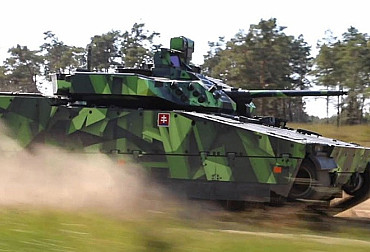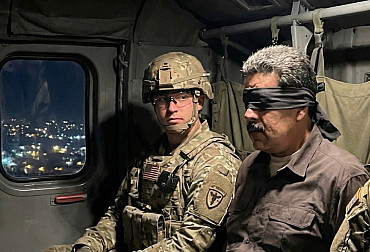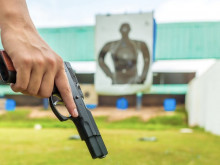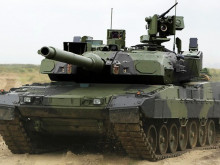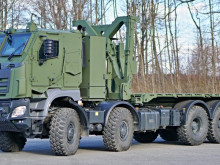Slovakia has preliminarily evaluated bids for wheeled armoured vehicles. The arguments for the Finnish solution are unconvincing
The Slovak Ministry of Defence has published on its website a document entitled "Study of feasibility for the procurement of 8x8 Armoured Fighting Vehicles". This is one of two major Slovak armoured acquisitions (the other is the acquisition of tracked Infantry Fighting Vehicles) that are currently underway and attracts attention not only because of the possibility to compare them with similar processes in the Czech Republic, but also because, as part of the 8x8 AFV contract, the Czech Republic is offering PANDUR II SK vehicles manufactured by TATRA DEFENCE VEHICLE in Kopřivnice. Unfortunately, the published study by the Slovak MoD contains a number of misleading and untrue data, and it will certainly be appropriate to revise its conclusions.
Although the document is called a feasibility study, it is in fact, at first sight, a working evaluation of bids for 8x8 Armoured Fighting Vehicles, of which Slovakia wants to acquire 76 units in the first phase (equivalent to the armament for two mechanised infantry battalions). This evaluation takes up approximately half of the published material. It compares the offers of five manufacturers: the clear favourite of the authors of the study is the Finnish Patria AMV 8x8. Then there is the Czech PANDUR II, and three types from the GDELS (GDLS) or Mowag: the Romanian-made PIRANHA V, the Spanish DRAGON (a specific version of the Piranha V) and the American Stryker LAV III.
The conclusion of the "feasibility study" is that the Finnish offer of Patria vehicles narrowly wins out against the Czech offer of Pandur vehicles, which comes in second place. The authors of the study thus favour a vehicle that is produced in the far north of Europe in a non-NATO country. At the same time, they acknowledge that the Czech offer is the most advantageous in the case of the evaluation of the acquisition price of the vehicles themselves. However, according to the study's methodology, the Czech offer was pushed into second place by the life-cycle cost price. This is largely an estimate, as it depends on the development of inflation, energy prices, labour costs or material prices over a ten-year horizon. It is precisely in the life cycle cost assessment section that the study contains major discrepancies.
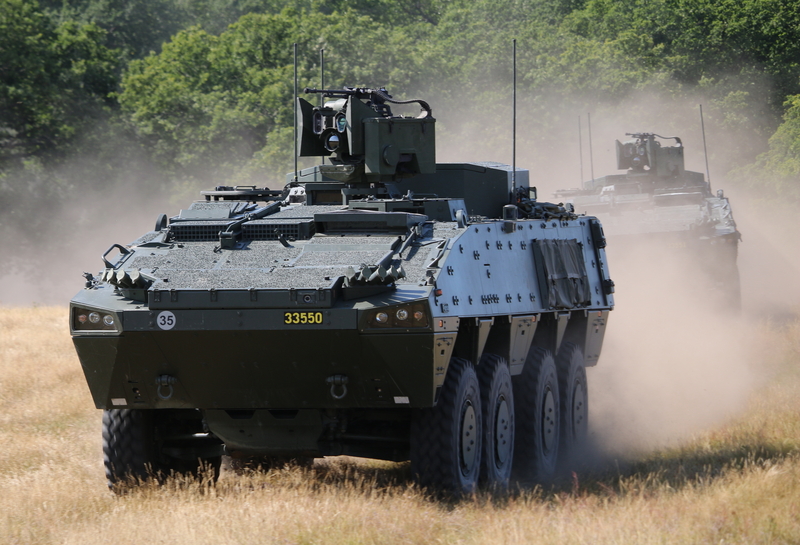 Picture: Armoured wheeled vehicle Patria AMV | Jorchr / CC BY-SA 3.0
Picture: Armoured wheeled vehicle Patria AMV | Jorchr / CC BY-SA 3.0
The life-cycle cost calculation is contained in two places in the study, is different each time, and is also unlikely low in the case of the Finnish bid. While the tables on pages 104 and 105 of the study show a life-cycle cost of EUR 8 000 per vehicle/year, the tables on pages 86 and 87 calculate a figure of around EUR 14 000 per vehicle/year. Neither of these figures corresponds to the cost of servicing a modern combat vehicle with a weapon system and advanced electronics.
Furthermore, the document also raises doubts, particularly in the sections assessing industrial cooperation. The fundamental argument of the Czech offer is that the share of the Slovak defence industry in production will be an unprecedented 75 per cent. This means that Slovakia will develop an industrial capability to produce and maintain vehicles for the majority of their life cycle independently. It is true that, especially in a crisis, a state can only rely on the security of supply from the industry it has on its territory. Another logical advantage is the cooperation between the Army of the Czech Republic, which has many years of experience with the Pandur II type, and the Armed Forces of the Slovak Republic in training and operating the vehicles. The feasibility study completely ignores the arguments of security of supply and cooperation between two neighbouring armies.
The authors of the feasibility study chose a methodology that allowed them to de facto avoid assessing industrial cooperation. Specifically, the authors of the study claim, without any supporting evidence, that it is not possible to base the study on the renowned Ernst & Young company, which is part of the Czech offer, where every euro invested in a vehicle production project in Slovakia would be multiplied by a coefficient of 1.8 in the Slovak economy. According to the study, this parameter cannot be calculated in Slovak conditions and the Czech "estimate" is optimistic and unrealistic according to the members of the project team from the Ministry of Economy of the Slovak Republic. This coefficient is supported by a 120-page analysis by Ernst & Young based on a reliable methodology. The study does not contradict this methodology in any way, but merely describes the calculation as unrealistic without any substantive argumentation.
However, the published Slovak study also contains outright false data. An example is the claim by the evaluation committee that the communication and information systems and command and control systems (KIS and C2S) were not integrated in the Pandur II vehicle presented by the Czech Republic. Why a vehicle should be presented with such an unnecessary deficiency is probably anybody's guess, and the study authors' claim can be refuted by photographic documentation of the vehicle.
As in the case of tracked Infantry Fighting Vehicles, Slovakia plans to procure wheeled armoured vehicles through an intergovernmental agreement (G2G). And since its partners in this respect are the governments of allied and partner countries, the form of communication should also correspond to this. However, the preliminary assessment was published in the form of a pdf file on the website without the Czech side being informed and being able to comment on it prior to publication, for example, and to explain the above information to the Slovak partners and set the record straight. In general, direct acquisitions through G2G or by directly approaching the manufacturer are considered more efficient and rational than often lengthy tenders in the field of military equipment acquisition. However, the arguments for selecting one or another supplier must be factually correct and their presentation transparent.











